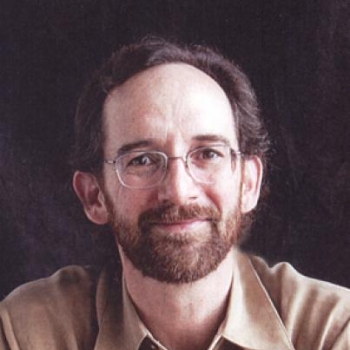Until the past several years, research funding had failed to outpace budget cuts, sequestration, and inflationary losses, prompting prospective physician-scientists to avoid careers in academic medicine. According to Mark A. Krasnow, MD, PhD, a Howard Hughes Medical Institute (HHMI) investigator and professor at Stanford University School of Medicine, the key to success is in identifying novel scientific avenues that will attract funding as opposed to focusing on the funding itself.
What constitutes a great scientific problem and how can one be identified? I sat with Dr. Krasnow at the HHMI headquarters to find out.
Great scientific inquiries are characterized by four basic principles; they are interesting, important, tractable and understudied.
Interesting: A question worthy of pursuing must be interesting to the trainee or investigator and to his or her audience. Trainees and principal investigator’s must sustain their projects over years and decades. Consequently, one’s interest in a particular topic of investigation is critical to maintaining productivity. In addition, the project must attract reviewers who are responsible for funding and publishing the studies.
Important: The importance of a question is determined by its impact on the scientific community. For instance, a technological discovery may advance research for future investigators while clinically relevant questions have direct implications for patients. Although the type of impact vastly differs between the aforementioned examples, both may positively influence the scientific community.
Tractable: While a question may be interesting and important, results must be attainable within a particular timeframe. Tractability requires a solid understanding of the field’s trajectory as well as sound scientific judgment. The former can be learned by reading the literature to understand the field’s history and by training under investigators who have made direct contributions to the field. The latter is best learned through experience working in the laboratory — by generating lists of experiments, the theoretical timeframe in which the results are to be obtained and the actual timeframe in which they are realistically accomplished.
Understudied: If a scientific problem is important, interesting and tractable, other investigators may be pursuing the topic of interest. Pursue a project that is understudied. Exceptional scientific research requires time, flexibility and a lack of competition. Furthermore, the presence of competition suggests that other investigators could have potentially addressed your scientific query, making your scientific impact less significant.
As a trainee, how can you identify gaps in your field of interest and generate novel scientific inquiries? Dr. Krasnow suggests taking a pragmatic approach by implementing the “3 Tiers of Reading.”
Tier 1: Read about your research project.
Know everything about your research such that your depth of understanding is greater than that of your advisor.
Tier 2: Explore science, broadly.
Educate yourself on topics outside the scope of your primary research project by attending seminars, conferences and reading articles spanning broad scientific topics.
Tier 3: Study interesting topics, deeply.
Upon reading broadly, certain topics will peak your interest and prompt a rapid Google or PubMed search. In doing so, the answer to your question may be readily evident or particularly vague. Generate a long list of vague topics where primary articles are limited, review articles are absent and knowledge is lacking in the scientific community, as this is key to identifying understudied topics that constitute novel scientific inquiries.
Incorporate one to two hours of the “3 Tiers of Reading” into your weekly routine to devise a novel scientific query. After all, “it is not an accident that scientists start new fields — the best scientists make luck happen over and over again.”
D r. Krasnow has been a professor at Stanford University School of Medicine since 1988; he served as director of the Medical Scientist Training Program at Stanford University from 1996-2002, Chair of the Department of Biochemistry at Stanford University from 2006-2013, and has been a HHMI investigator since 1997. Early in his career, Dr. Krasnow initiated studies that eventually elucidated the genetic programs that control the development of the lungs. Dr. Krasnow’s findings are beginning to shed light onto lung stem cell regeneration and the pathogenesis of lung cancer, pulmonary fibrosis and asthma.
r. Krasnow has been a professor at Stanford University School of Medicine since 1988; he served as director of the Medical Scientist Training Program at Stanford University from 1996-2002, Chair of the Department of Biochemistry at Stanford University from 2006-2013, and has been a HHMI investigator since 1997. Early in his career, Dr. Krasnow initiated studies that eventually elucidated the genetic programs that control the development of the lungs. Dr. Krasnow’s findings are beginning to shed light onto lung stem cell regeneration and the pathogenesis of lung cancer, pulmonary fibrosis and asthma.
